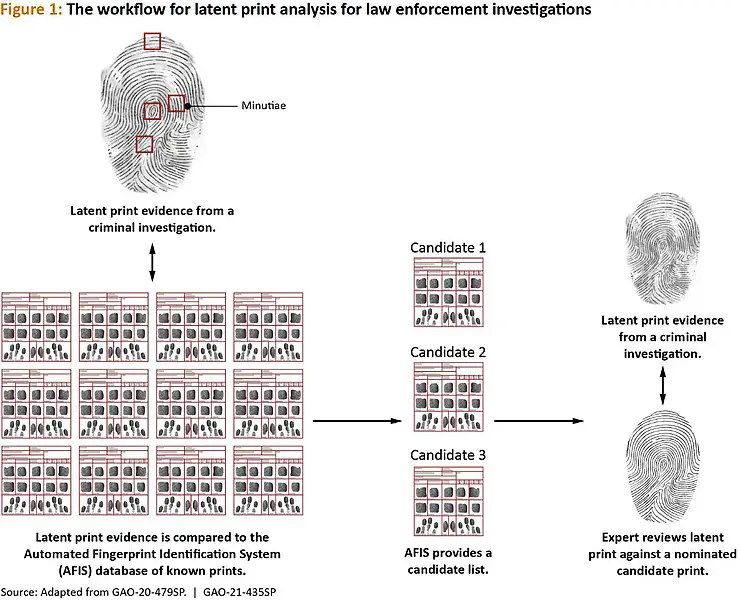Smart City Meaning, Features, Applications and Importance, Explained
Smart city is a developed area that depends on IT tools and networks to sustain its economy, environment and society. This article discusses smart city meaning, features applications and importance, as outlined below;
-Smart City Meaning: 4 Ways to Define the Concept of Smart Cities
-Importance of Smart City Solutions
Smart City Meaning: 4 Ways to Define the Concept of Smart Cities
Smart city refers to any area where urbanization has been accompanied by the installation of a reliable network of data management systems for communication, service provision and problem-solving [1].
The above is a holistic summary of the attributes that define a smart city. For further understanding of the concept, it is beneficial to identify the key components of smart cities. The following alternative smart city meaning identifies some of these;
A smart city is an urban area that comprises of Internet of Things framework, real time data, smart devices, smart houses, and virtual decision-making processes.

Some studies identify the components of smart cities as; smart transport, smart environment, smart economy, smart management, smart transportation and smart life [2]. In general, what makes a city smart is digital data, which is collected, analyzed, processed, and shared among the various smart systems.
Examples of smart cities are listed in the alternative smart city meaning below;
A smart city is any municipality whose socioeconomic processes are largely affected or controlled by smart devices through active data management and networking; with examples like Dubai, Singapore, Oslo, London, and Ohio.
Lastly, some features of smart cities are used to outline the smart city meaning. It must be noted that these features differ from the components of smart cities, as shown below;
A smart city is a data-driven urban area, whose sustainability depends on technologies like artificial intelligence, wireless communication and automation; and whose basic features include; virtual infrastructure management, inclusiveness, and optimized technology implementation.
Features of a Smart City
Features of a smart city are;
1). Administrative decentralization
2). Integrated resource management
3). Energy efficient technology
4). Automated economic processes
5). Inclusiveness
6). Virtual management of infrastructure and services
7). Distributed energy resources management
Smart City Applications
Smart city applications are;
1). Optimized healthcare delivery
2). Conservation of energy resources
3). Hazard risk mitigation
4). Ecosystem monitoring and protection
5). Smart city IoT development
6). Intelligent security
7). Data-managed transport
These are also the beneficial ways in which smart city solutions can be utilized.
Importance of Smart City Solutions
The importance of smart city solutions can be traced to their role in sustainable development through effective energy conservation, environmental protection, resource efficiency and economic growth facilitation.
The most important aspect of a smart city is its sustainability, because this factor determines its overall prospect as a socioeconomic entity. Smart city sustainability itself depends on the quality and performance of information technology (IT) systems and processes; which can be measured in terms of accuracy, capacity, adaptability, and energy efficiency.
IT is important for a smart city to be sustainable because data management is integral to the functioning of smart cities. Since IT is responsible for managing data, its role is essential in smart cities.
Two advantages of smart city solutions are; efficient use of resources and minimization of human environmental impact.

Conclusion
A smart city is any urbanized area where most socioeconomic processes and infrastructure are managed through effective communication using interconnected digital systems.
Features of a smart city are; administrative decentralization, integrated resource management, energy efficient technology, automated economy, inclusiveness, virtual infrastructure management, and distributed energy resources management.
Smart city applications are; optimized healthcare delivery, energy resource conservation, hazard risk mitigation, ecosystem monitoring/protection, IoT development, intelligent security, and data-managed transport.
The smart city model is important because it helps facilitate sustainable development and resource conservation.
References
1). Echendu, A.; Okafor, P. C. C. (2021). "Smart city technology: a potential solution to Africa's growing population and rapid urbanization?" Development Studies Research 8(1):82-93. Available at: https://doi.org/10.1080/21665095.2021.1894963. (Accessed 22 January 2023).
2). Telsaç, C.; Yilmaz, V. (2021). "SMART CITY COMPONENTS." AL FARABI JOURNAL 10th International Conference on Social Sciences November 16-17, 2021 Arapgir -Malatya, Turkey. Available at: https://www.researchgate.net/publication/356914799_SMART_CITY_COMPONENTS. (Accessed 21 January 2023).

